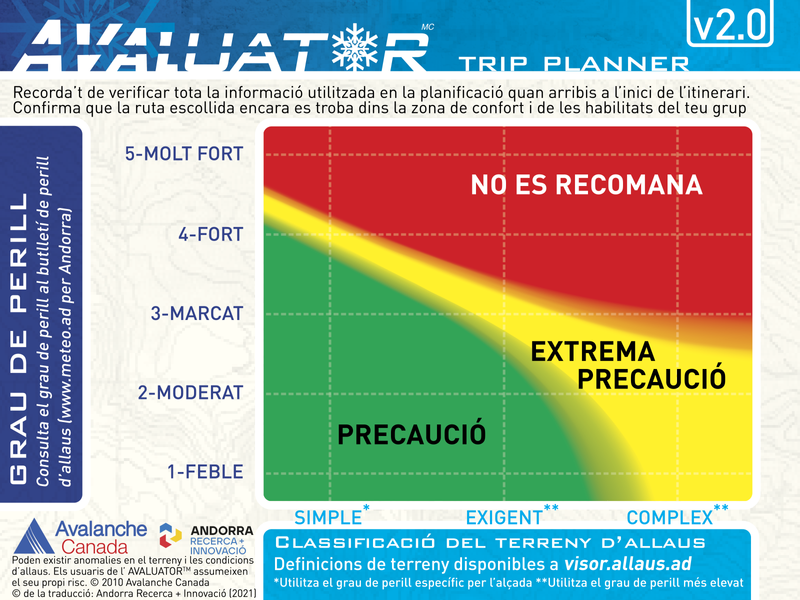Itinerari de la biodiversitat
General Description
En aquest itinerari visitaràs el Parc Natural del Comapedrosa, una zona de gran valor natural. Si pares bé l'orella, al final de l’itinerari, potser sentiràs alguna de les marmotes que hi viuen. Des d'aquí arribaràs fins al refugi del Pla de l'Estany, on si vols, pots fer-hi nit. El Parc Natural Comunal de les Valls del Comapedrosa compta amb una àrea protegida de 1.540 hectàrees, l'equivalent a més de 1.400 camps de futbol. Aquí hi trobareu el cim més alt d'Andorra, el Comapedrosa, de 2.942 metres d'altura. Un terreny prou gran i amb prou desnivell per a comptar amb gran diversitat d'espècies de fauna i flora. És justament per conservar aquesta biodiversitat, que el parc ha desenvolupat un programa de seguiment on s’analitza l’estat de les diferents comunitats animals i vegetals. Algunes d’aquestes espècies són, a més bio indicadores: organismes, que per la seva abundància i característiques fisiològiques, reflecteixen l'estat de conservació del medi ambient i dels hàbitats naturals. El seguiment d'aquestes espècies, amb la comparació anual de les seves poblacions, ens permet avaluar la qualitat de l'aire i de l'aigua i detectar la possible presència de contaminants. Dins d'aquestes espècies bio indicadores, les papallones diürnes són un grup especialment sensible i com a tal s'inclouen a la xarxa de seguiment Butterfly Monitoring Scheme d'Andorra (BMSAnd). La proliferació d'espècies adaptades a climes més càlids contra la regressió de les espècies més adaptades a climes freds són indicadors que mostren les conseqüències del canvi climàtic, així com la proliferació d'espècies amb menys requeriments hídrics podria indicar l'impacte de situacions de sequera. Les dades obtingudes al Parc del Comapedrosa, així com en altres zones naturals del país, s'integren dins el monitoratge europeu de la xarxa BMS, que ja ha permès establir alguns efectes del canvi climàtic. L'activitat humana té incidència directa sobre l'estat de conservació de la biodiversitat que t'envolta. Respecta la flora i fauna del Parc, circula només per la xarxa de camins senyalitzats i utilitza els llocs autoritzats per dipositar la brossa. Completa el repte Cub a Cub de la Massana amb la informació que trobaràs als cubs del camí.


 Routes and points of interest
Routes and points of interest  Agenda and events
Agenda and events  Online Store
Online Store  Information of Interest
Information of Interest  contact
contact 
















